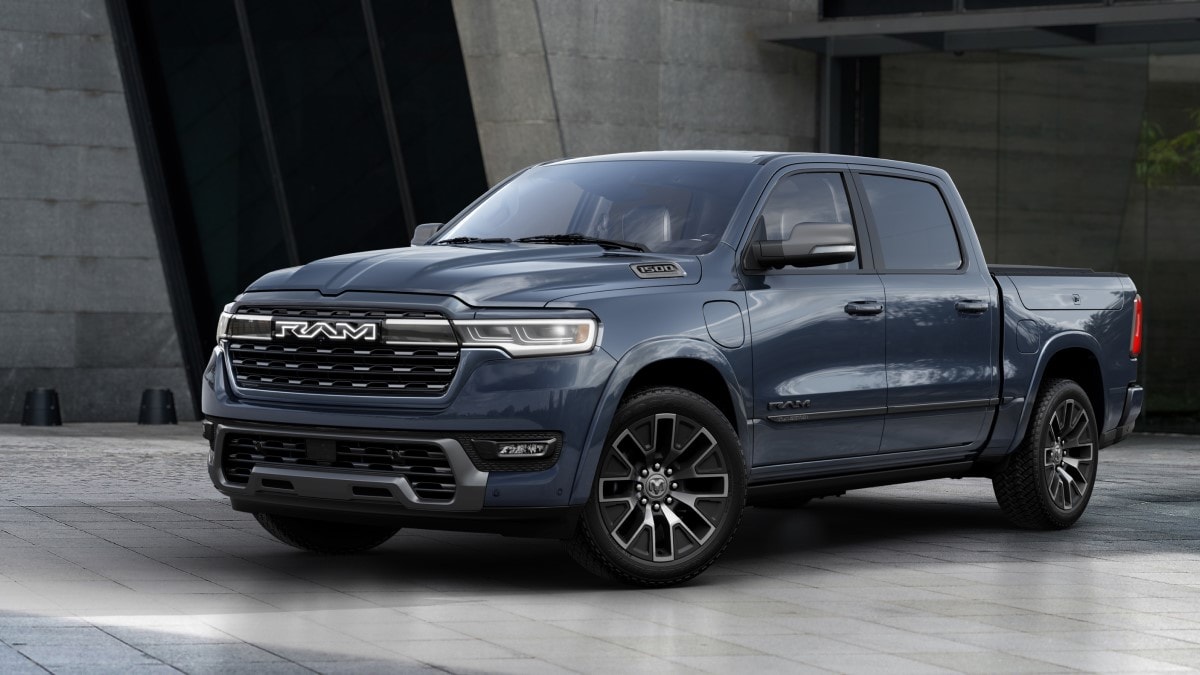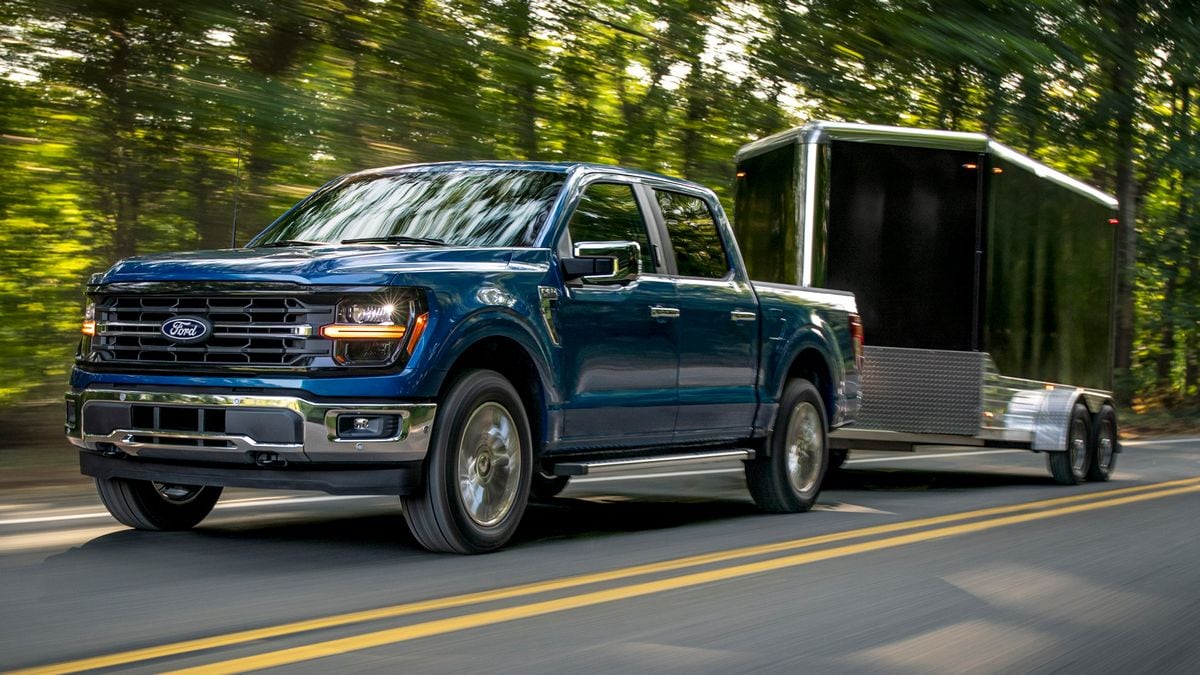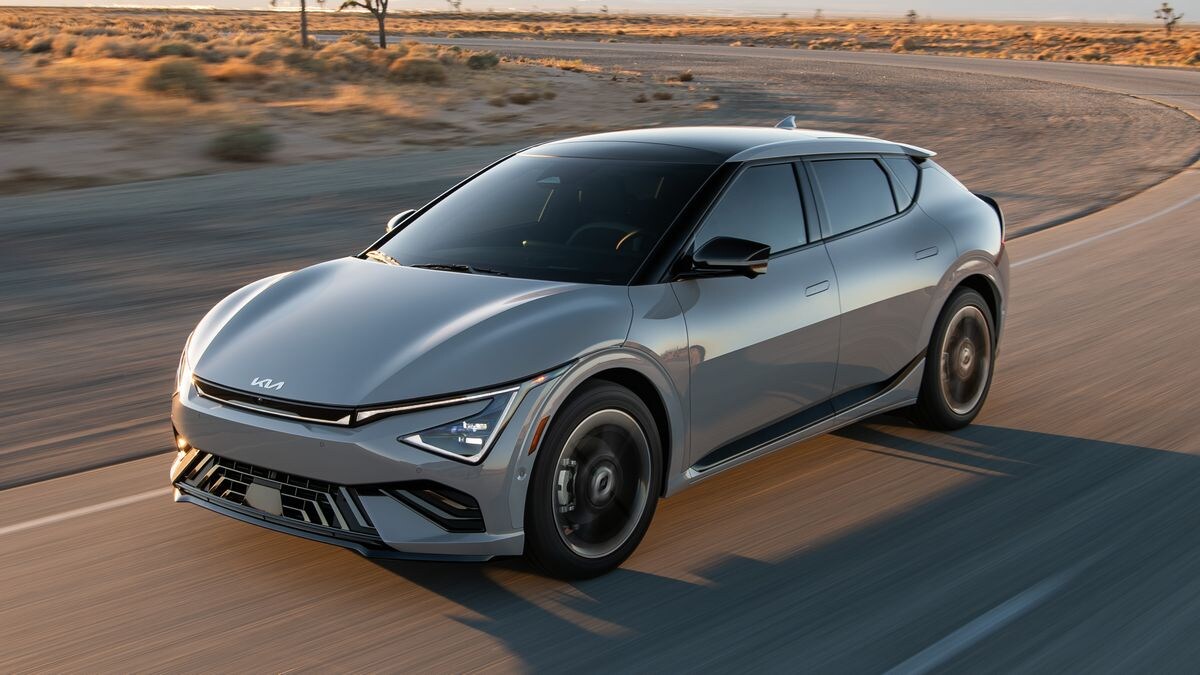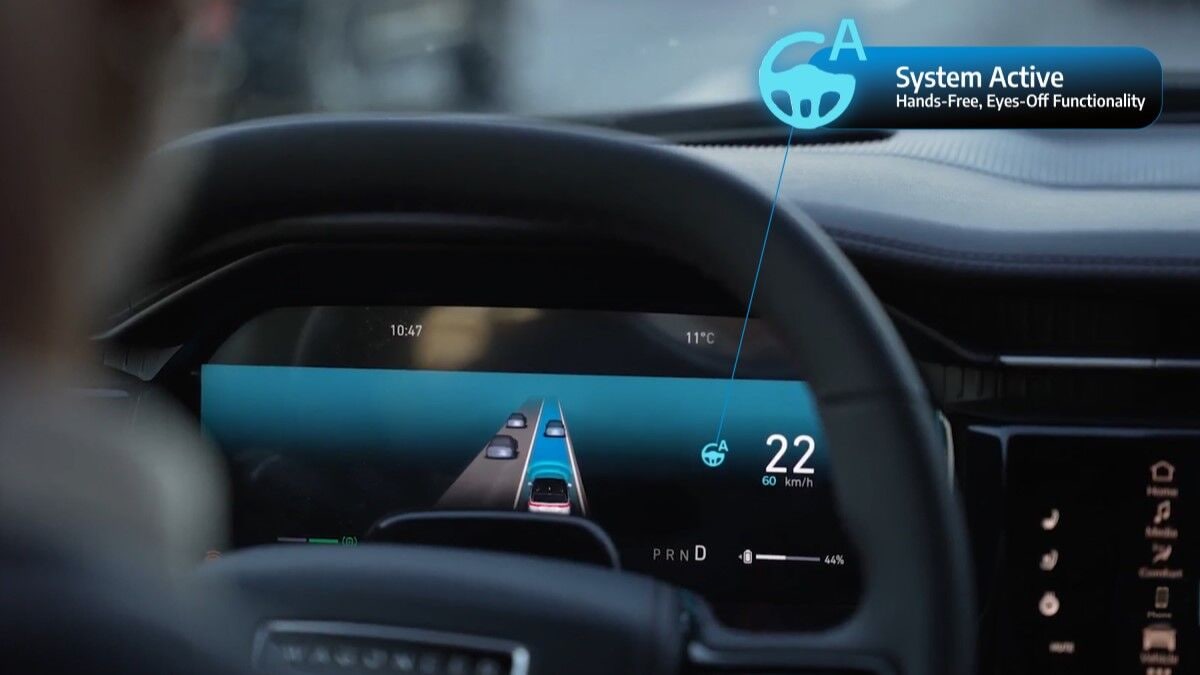Hybrids. Plug-in hybrids (PHEVs). Electric vehicles (EVs). Internal combustion engine (ICE) vehicles. Understanding the powertrains in American cars used to be a simple matter of counting cylinders, but in 2025, drivers are expected to understand a growing variety of car technologies.
Lately, there’s an (old) new one to add to the list. On a recent earnings call, Ford CEO Jim Farley told investors that the company sees extended-range electric vehicles (EREVs) as part of its future.
“Ford will be developing flexible body-on-frame and unit body platforms that will be designed for” EREV technology, Farley said.
Think EVs with Generators
An EREV has both electric motors and a gasoline-powered engine, much like a PHEV does. But there’s a crucial difference: The gasoline engine doesn’t power the wheels; it functions only as a generator to recharge the EV battery without plugging it in.
EREVs have big, EV-like batteries that can recharge from wall outlets or public EV chargers. They can drive impressive distances on electric power alone. But, when the battery gets low, they can turn their engines on to recharge it if the driver can’t stop to plug in.
The new technology is actually among the oldest ideas about powering a vehicle. Diesel-electric trains have used a similar setup for decades.

Ram Has One Now, Startup Scout Motors Will Soon
Americans today are learning about EREVs through the Ram 1500 Ramcharger, Ram’s first example of the technology.
Ram says the Ramcharger can travel up to 145 miles on electric power alone. That’s enough range that many drivers would likely use it just like an EV, rarely using gasoline. But Ramcharger owners aren’t limited by the public EV charging network. They can rely on gas to drive as far as they need to, not stopping for long charging sessions.
That’s particularly useful with a pickup since towing cuts the range of any truck nearly in half, regardless of what’s powering it.
Startup Scout Motors plans to offer both its Traveler SUV and Terra pickup as EREVs. The company says early reservations for EREV versions have dwarfed those for their purely electric equivalents.
Ram uses a V6 engine to recharge the Ramcharger. Scout hasn’t said what engine will recharge its EREVs. But the question is surprisingly unimportant. Because the workload on a generator never changes, engineers can tune nearly any engine to be very fuel-efficient when functioning in an EREV.
A PHEV operates on a similar principle, but its engine works through a transmission to power the wheels. Under that constantly fluctuating workload, the engine works much harder and at varying efficiency. EREVs could have fewer moving parts than PHEVs, with no need for an engine-wheel connection.
Ford: This Is Perfect for Large Vehicles
Farley says EREVs are ideal for large trucks and SUVs. “Profitability for these larger family haulers that take long trips will be more frequent through partial electric option,” he told investors.
Large truck and SUV buyers, he says, “have very demanding use cases for an electric vehicle. They tow, they go off-road, they take long road trips. These vehicles have worse aerodynamics, and they’re very heavy, which means very large and expensive batteries.” An EREV system could help Ford sell functional versions that work as EVs day-to-day but can still meet those varied demands without an oversized, expensive battery.
Farley didn’t name specific vehicles, but Ram has likely shown the way. Ford could start with its F-150 and Super Duty pickup lines and the full-size SUVs that share their platform.








